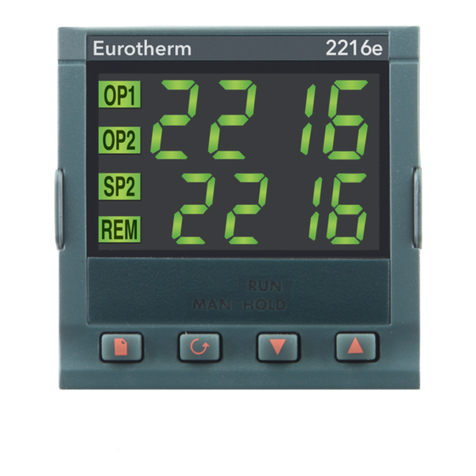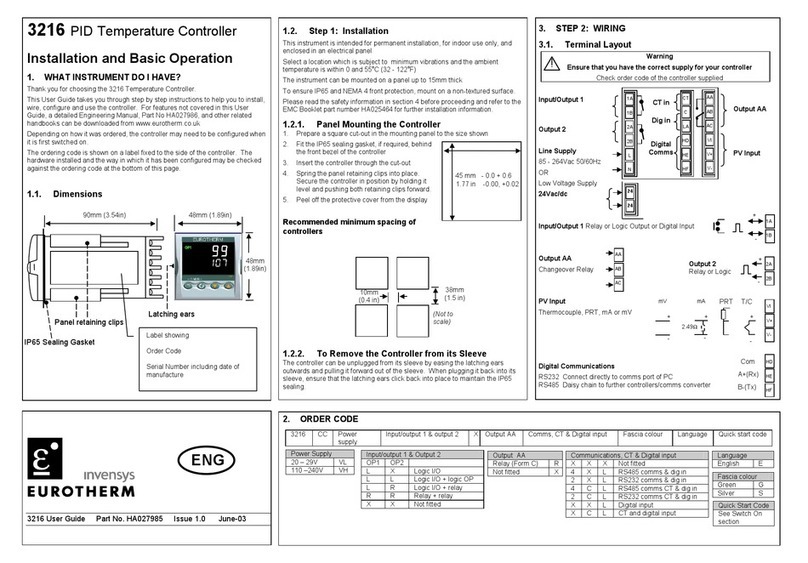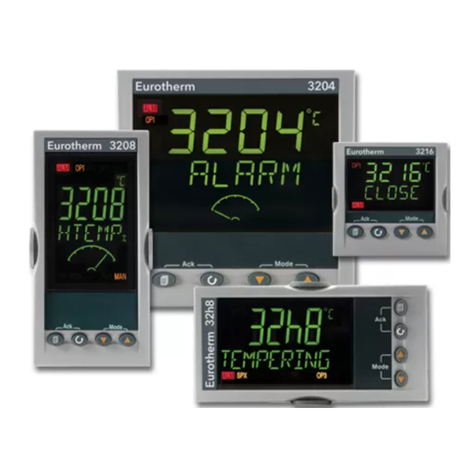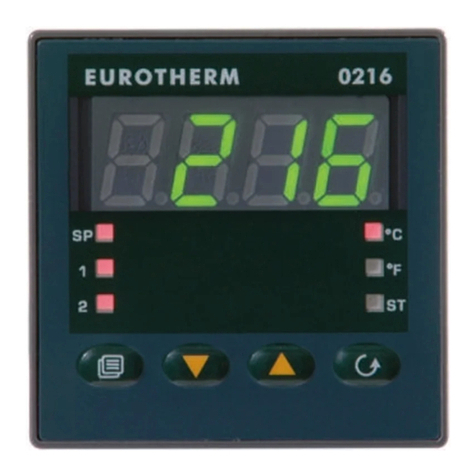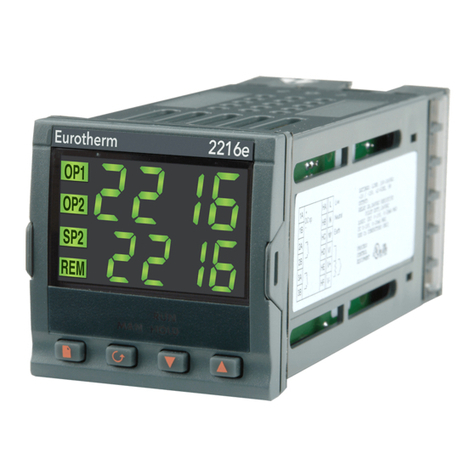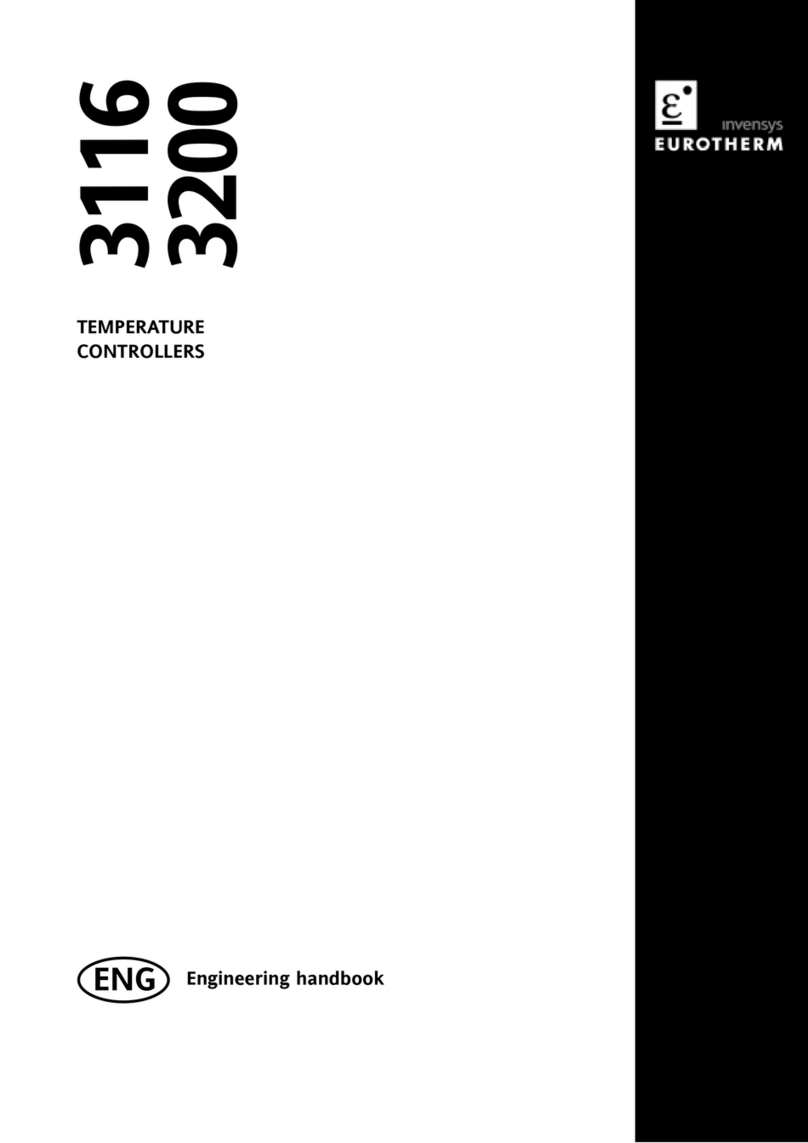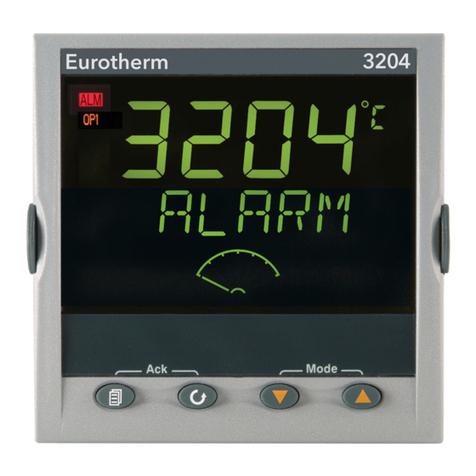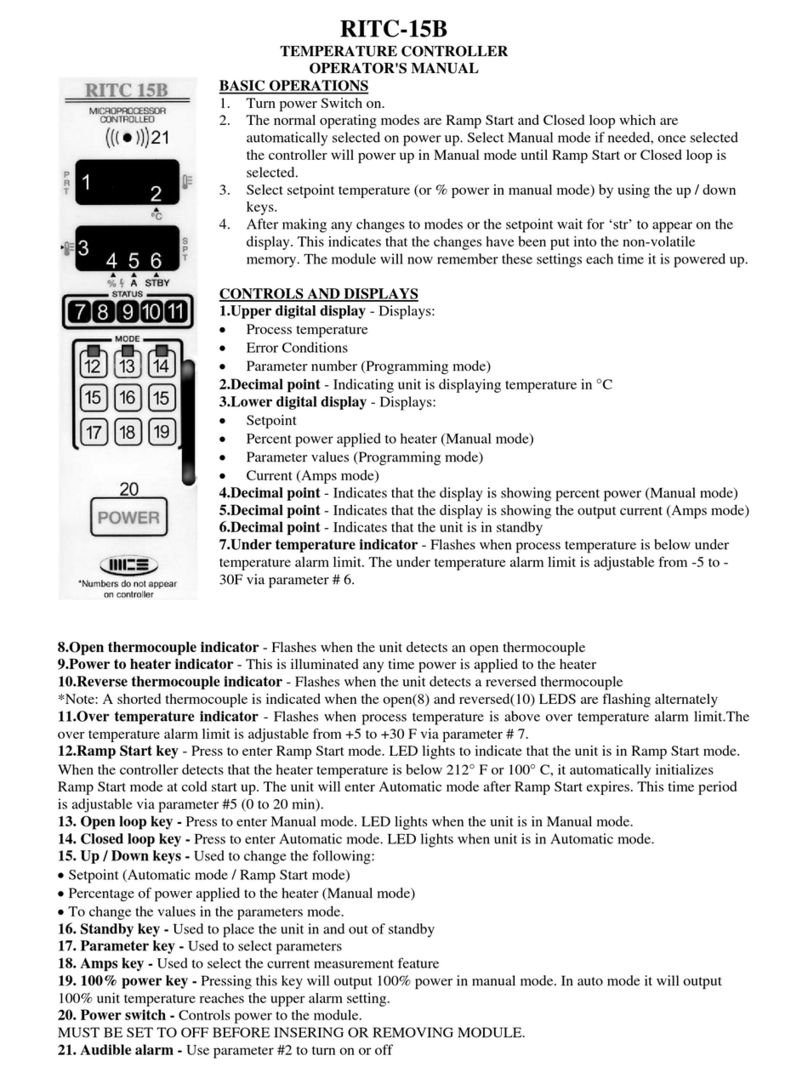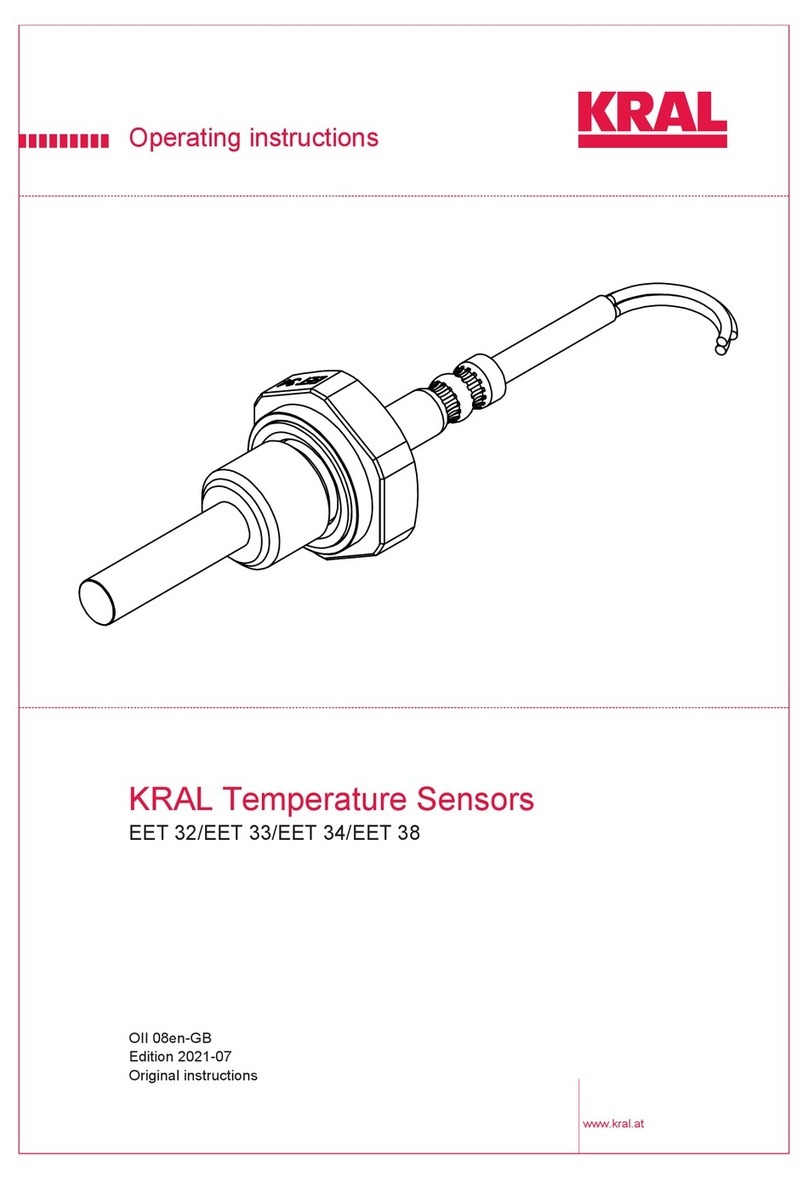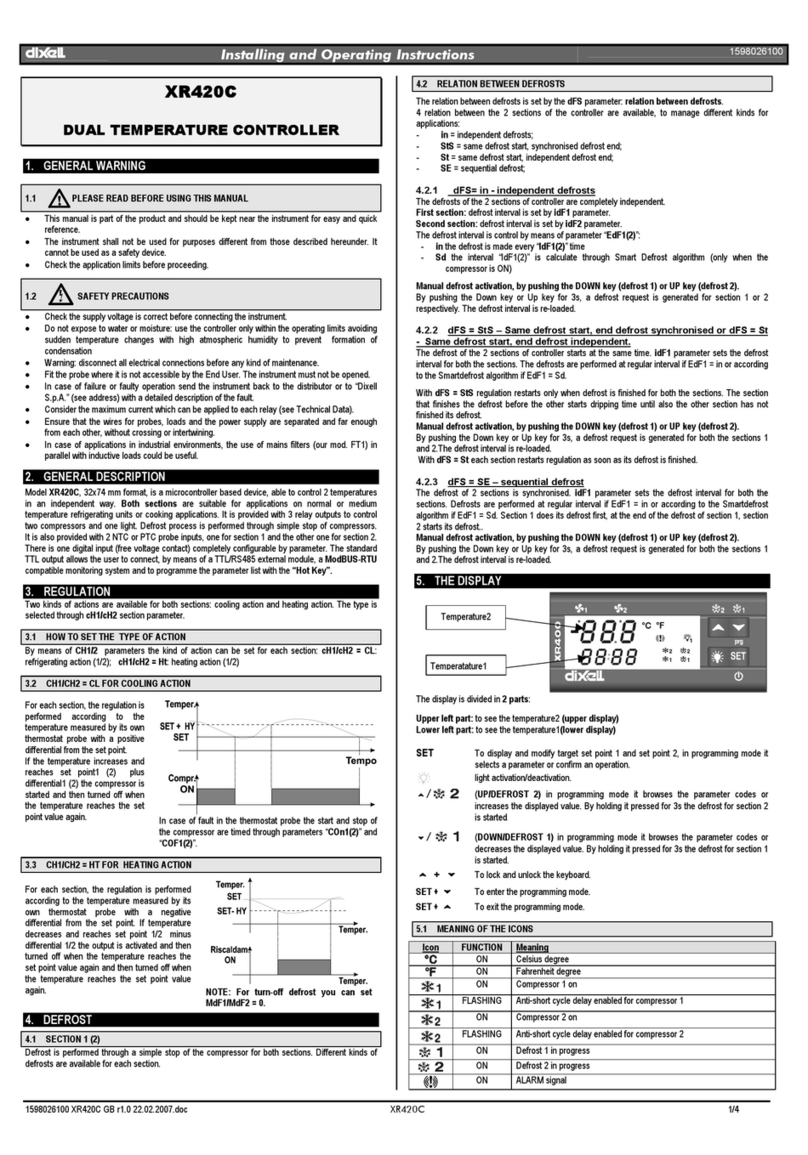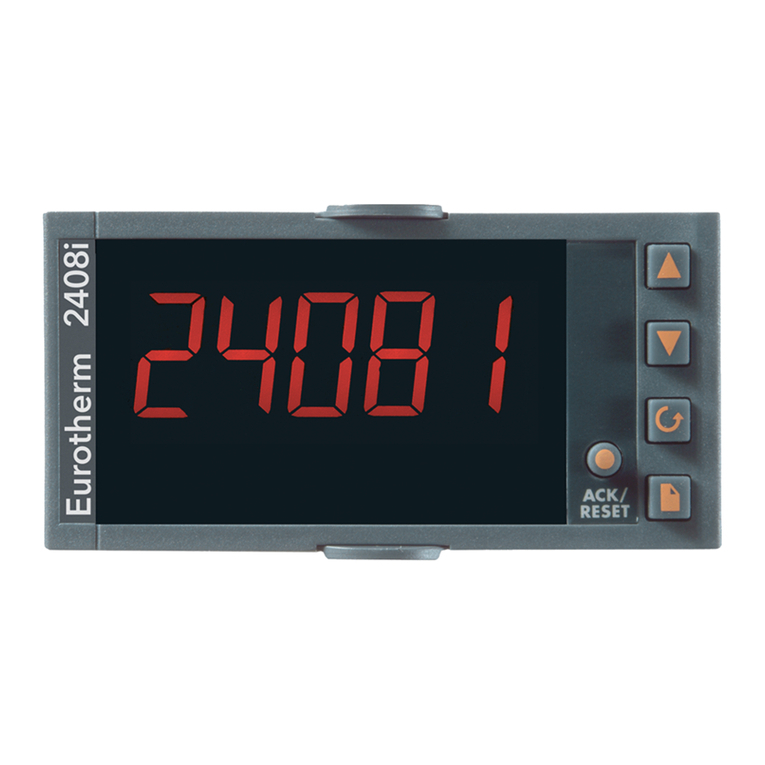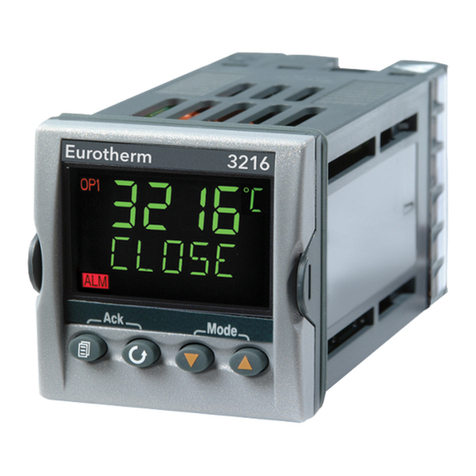5.2 To Re-Enter Quick Code mode........................................................................................................ 15
5.3 Pre-Configured Controller or Subsequent Starts ............................................................................ 16
5.4 Operator Interface ......................................................................................................................... 17
5.4.1 To Set The Required Temperature. ...................................................................................................................................18
5.4.2 Alarm Indication ......................................................................................................................................................................18
5.4.3 ................................................................................................................................................................................................................ 18
5.4.4 Auto/Manual/Off Mode ........................................................................................................................................................19
5.4.5 To Select Manual Operation and Adjust the Output Power...................................................................................... 20
5.4.6 Other Commonly Used Operator Parameters Available in Level 1..........................................................................21
6. OPERATOR LEVEL 2 ..................................................................................................22
6.1 To Enter Level 2.............................................................................................................................. 22
6.2 To Return to Level 1....................................................................................................................... 22
6.3 Level 2 Parameters ......................................................................................................................... 23
6.4 Timer.............................................................................................................................................. 30
6.4.1 Timer Beacon ...........................................................................................................................................................................31
6.4.2 Logic outputs............................................................................................................................................................................31
6.4.3 Power Cycling ...........................................................................................................................................................................31
6.5 Dwell Timer .................................................................................................................................... 32
6.5.1 Simple Programmer................................................................................................................................................................ 33
6.6 Delayed Switch On timer................................................................................................................ 34
6.7 Soft Start Timer ............................................................................................................................. 35
6.8 To Operate the Timer..................................................................................................................... 36

